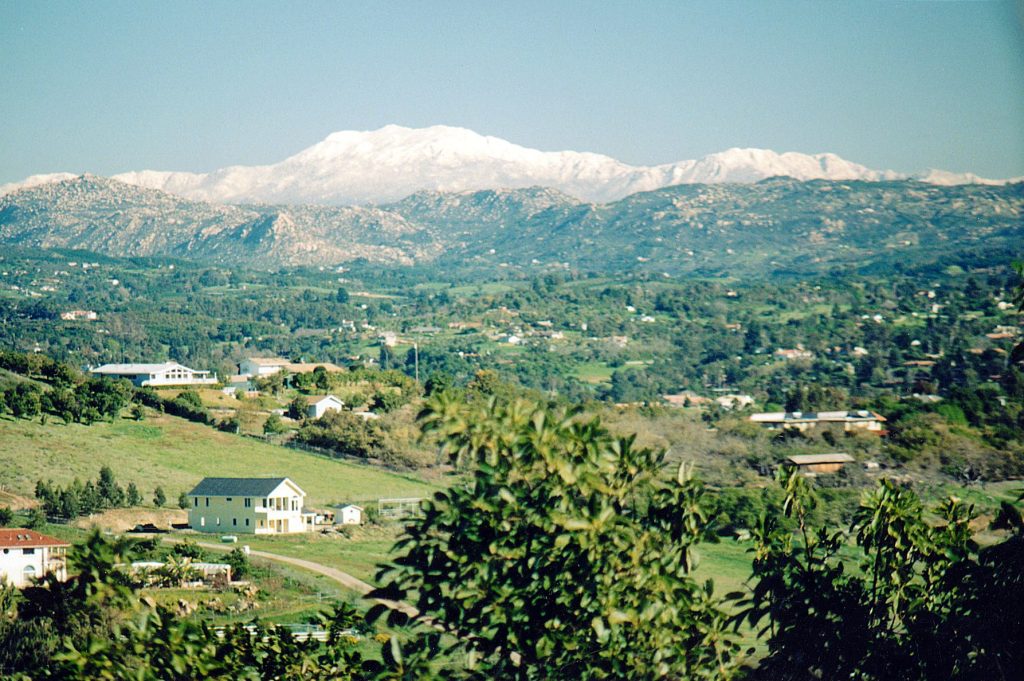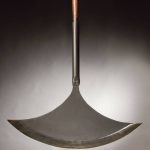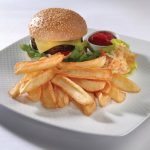I grew up in a small, agricultural town in California’s northern San Diego County called Fallbrook, known as the ‘Avocado Capital of the World’ and the ‘Friendly Village’. In my eyes, and I’m certain through the eyes of anyone else as lucky to have been raised here, Fallbrook is the picture-perfect place for childhood. With a population of just 30,000 (yes, that is incredibly small for a town in California), children thrive in the thick of citrus trees and avocado groves, and no one lives on a property less than 3 acres. Families own horses, houses usually come with guesthouses, swimming pools, ranches, and barns, and the strong community aspect felt from your kindergarten class to your local football team remains in the friendships that are destined to carry on for a lifetime.
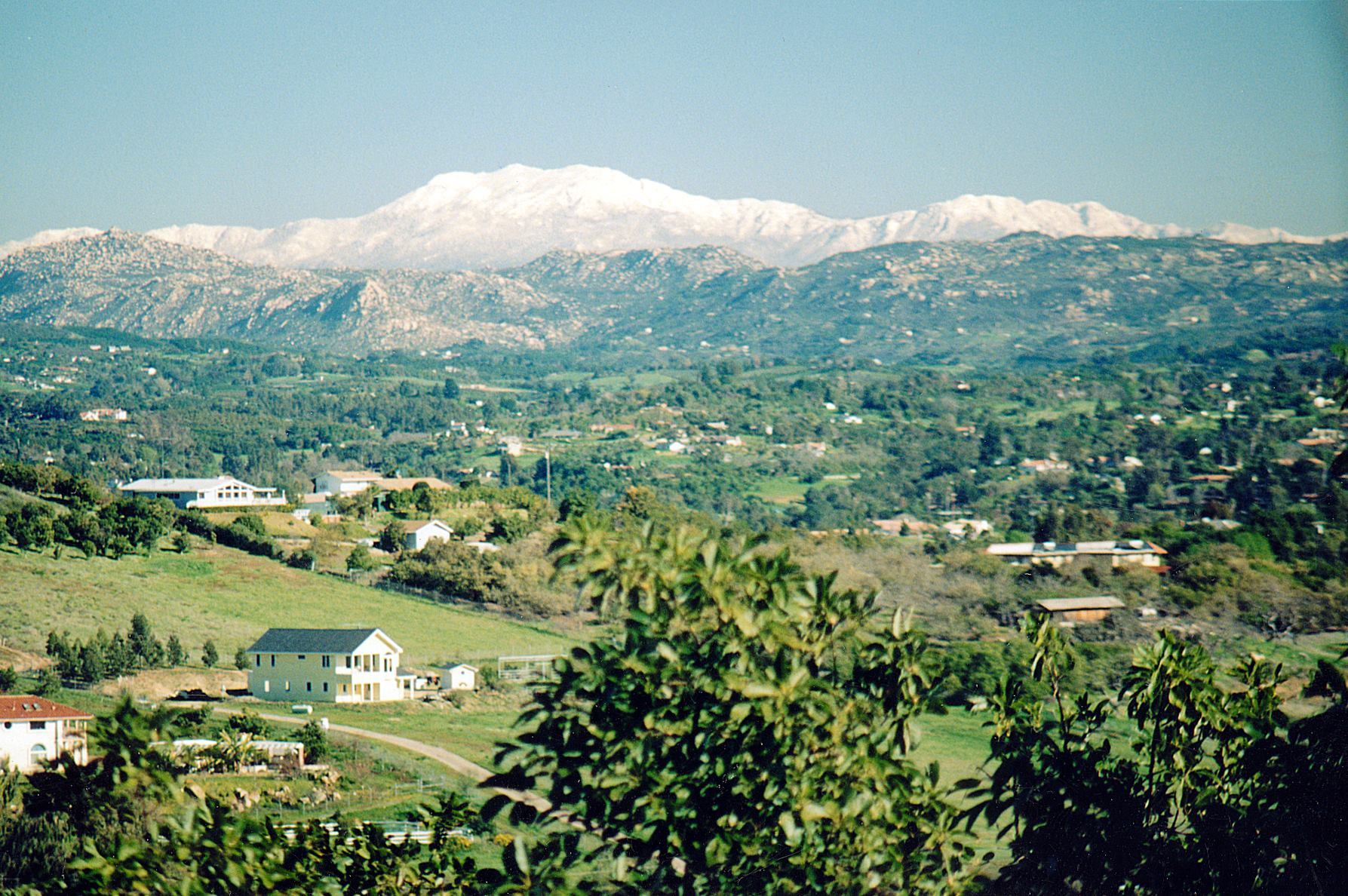
Fallbrook Chamber of Commerce
My family stumbled upon Fallbrook by complete accident. My extended family, who initially made a move from Split to New York City in the late 1950s, began migrating West in the late 1980s. Laguna Beach in Orange County, California was the first place they all chose to settle, though my parents and grandparents had different plans in mind. Hoping to go apple picking one day, my parents were given the wrong directions – and the roads they thought would take them to orchards led them to Fallbrook instead. Since I’d imagine anyone’s first impression of Fallbrook being some kind of otherworldly experience, especially coming from cities in Croatia and the US – this was a place they found so charming it swept them off their feet. One year before I was born, in 1989, the Rogulj’s made the move – and it’d be a move rooted much deeper in their Croatian heritage than they’d ever thought possible.
My grandmother recalls her first Balkan encounter in Fallbrook when she and my grandfather settled there with my family. One day, my grandparents were stranded alone at my house without cigarettes and without a car to take them to the nearest convenience store. Not the least bit accustomed to where they had moved, they thought it would be a good idea to walk into the center of town to get their fix. What they didn’t know was that it was 5 kilometers from our house to the nearest shop, and these windy country roads didn’t have sidewalks, let alone bike lanes. Desperate, they continued walking. As they approached a property with a plant nursery they both admired, my grandfather stopped my grandma, swearing he heard two people speaking Croatian. My grandma, considering him crazy at the time, suggested they continue walking. My grandfather, stubborn and convinced as ever, decided to walk up to the house to find out for sure. “Excuse me, were you just speaking Croatian?” my grandfather asked the couple, and sure enough, they were. Ilinka and Dušan were their names, and maybe a kilometer away from our new home was a pair from Tuzla.
Aware that a strong Croatian community existed in southern California, and especially San Pedro, we never imagined one existed in our avocado village of Fallbrook. But an unlikely encounter happened yet again.
A few years after I was born, my godfather from Metković who also happened to live in southern California just 30 minutes away, called my family to tell them of another Croatian family he knew lived around the corner from us. With not much more information than that, we figured we’d run into them soon enough. Another unassuming and most likely sunny Fallbrook day, my grandparents decided to take another walk – but this time in the opposite direction of their first cigarette-driven walk into town, and along Live Oak Park Road, which is literally a two-way street lined with Live Oak trees. This is yet another road you would be silly to brave by foot, though the sounds of the creek that rippled beneath your feet made it worth it. My grandparents enjoyed walking down Live Oak Park Road for two reasons – one, the scenery, and two, to admire one property in particular. Though we had settled in Fallbrook to a 4-bedroom house, guest house, swimming pool and jacuzzi, bocce ball court (how much more Croatian can you get?), and over 300 avocado trees (though not as glamorous as you might think), this property on Live Oak Park Road had all the bells and whistles PLUS a pond. How spoiled we were back then.
https://www.youtube.com/watch?v=v=VCUO6Gqo-No
This video takes you down this very street, and even shows you the street I lived at 1:50.
On their walk, as they marveled at the picturesque gardens and glistening pond sparkling between the branches, my grandfather stopped my grandma again, convinced that he could hear Croatian. “Maro, I think they’re speaking Croatian. Let’s go in.” “No, Miro,” my grandma replied, “you can’t just walk onto someone’s property, that is trespassing.” But sure enough, my grandfather was able to convince my timid grandmother, and they walked towards the pond. There they met a grandmother, Ina, her daughter, Lucy, and Ina’s granddaughter Kristina who was just two years old. Ina was, in fact, speaking Croatian to Lucy, proving my grandfather to be right once again.
After the family invited them into their home, they quickly learned that Ina’s family was from the island of Brač, though her family settled to Split after the war. Ina’s husband, Vojko, hailed from Inland Dalmatia. Ina and my grandmother then found out they were stationed at the same camp in Egypt during World War II in 1943, and though Ina was just a few years older than my grandmother, they had most likely crossed paths. From there, a beautiful and life-long friendship blossomed. Kristina quickly became my first true friend at the age of three, and our families would never miss a holiday spent together. Ina and my grandmother latched on to one another like soulmates, and my grandfather would visit Vojko to speak about politics, religion, and life back in Croatia. My parents would organize playdates, trips, and dance classes with Kristina, and Ina immediately became ‘Teta Ina’.
While I’m sure Kristina and I both remember eating Croatian specialties at each other’s homes growing up, from stuffed peppers to homemade gnocchi, Ina held one prized recipe near and dear to her heart: her grandmother’s sacred krempita. Now my grandmother, being the matriarch and baker of my family, was up to any challenge – and this 200-year-old krempita recipe was one my grandmother was happy to take on. Though Ina claims she could never get it right, it didn’t take long for my grandma to perfect this krempita, and it quickly became a staple at the table of every special occasion. This was especially true for all of Ina’s birthdays, as the sweet dessert was my grandmother’s gift to her every year. Ina, in heaven that she could delight in the flavors of her grandmothers once again was always tempted with eating the entire tray.
Over the last 25 years of our friendship, my grandmother and Teta Ina wouldn’t miss a day speaking on the phone, even though our lives moved us to different houses, states, and even countries. My grandmother’s parting gift to Ina last September when we moved her to Croatia with us was, of course, krempita, and though they licked their spoons while wiping away their tears, they knew that their bond was as strong as the 200-year-old treat they would enjoy together for the last time.

My grandmother and Ina
As popular as krempita is in Dalmatia today, my grandmother and Ina swear the dessert had its origins on the island of Brač. Though my grandmother remembers a version of the dish in Split back in the 50s, this recipe, she claims, is truly one of a kind – and this particular recipe was so secret, my grandmother was the only one outside of Ina’s family to have it.
Nona’s krempita:
Custard:
1 quart of whole milk
12 egg yolks
1.5 cups white sugar
3 packs of vanilla sugar
3 packs of unflavored gelatin
Whipped cream to be added to the custard:
3 cups of heavy whipping cream
3 packs of vanilla sugar
2 tablespoons of powdered sugar
Pastry:
1 package of puff pastry – defrosted
Instructions:
To begin, bring 1 quart of milk to a simmer. In a separate pot, start boiling water (make sure the pot is big enough so that you can eventually hold a bowl with the simmered milk and custard on top).
In the meantime, in a mixing bowl, beat the 12 egg yolks with the sugar and vanilla sugar, until the mixture becomes light and creamy.
While the milk is simmering and the custard mixture is prepared, the gelatin needs to be made separately. In another separate pot, boil a quarter cup of water and slowly mix in the gelatin packets until it completely dissolves. The custard and the gelatin need to be ready by the time the milk comes to a simmer.
Once the milk is simmered, move the liquid into a bowl that you will place on top of the lightly boiling water. This bowl cannot touch the water, however, and is just meant to steam below. With a whisk, slowly begin adding the custard mixture into the milk while the water continues at a light boil beneath. Once all the custard is incorporated into the milk, mix for approx. 15 minutes. Be sure that the custard is not cooking, but is thickening. When you dip a spoon into the mixture and see the spoon wholly coated with the custard (not dripping), it is just about done.
At this point, turn off the boiling water while keeping the custard mixture in the bowl on top. Then, slowly start adding the gelatin (you should strain it in to avoid any clumps). Keep mixing for about 5 minutes until the gelatin is thoroughly blended into the custard. Once you’re sure the gelatin is mixed in, take the bowl off the water pot and let it cool until it is no longer hot. While the bowl cools off, continue occasionally mixing the custard until it is cooled.
About a half hour later (about how much time it should take to cool) place the mixture into the refrigerator. Do not put hot cream in the refrigerator, and if you need to speed up the cooling process by chilling the mixture on ice, you can.
In the fridge, the mixture will continue thickening. Keep it here for a few hours, mixing every 15 or minutes.
Once the custard is ready, you can begin with making the whipped cream.
To do this, beat the heavy whipping cream until it turns into a whipped consistency, slowly adding in the vanilla sugar and powdered sugar.
Once you have a whipped cream consistency and the custard is cooled from the refrigerator, slowly begin adding the whipping mixture into the custard mixture – steadily mixing. Do this until all of the whipped cream is completely incorporated into the custard. It should double up in volume (use an appropriately sized bowl).
Now, for the puff pastry (and you can prepare this at the beginning or while the custard is cooling in the fridge). Place the defrosted puff pastry sheets onto a lightly floured surface. Cut each sheet longways into thirds, then cut across into four even parts. You should get 12 slices of pastry squares per one sheet.
Preheat the oven to 400 degrees Fahrenheit (around 200 degrees Celsius). Place the 12 pastry squares onto a lightly greased baking sheet and bake them until they are lightly brown (about 10-15 minutes). Repeat with however many pastry sheets you have.
After the pastry pieces are baked and cooled, slice each square in half with scissors to create a top and bottom part, then separate the pastry parts into top and bottom parts. Line a serving tray with the bottom pieces to fill the area – choosing a 13 x 9 in baking tray that has high sides is best.
Once all your bottom pieces are there, give your custard another good mix, then pour it on top of the pastry bottoms. When the custard is evenly spread on the base, place the same number of baked pastry tops on the custard so they match the bottom pieces.
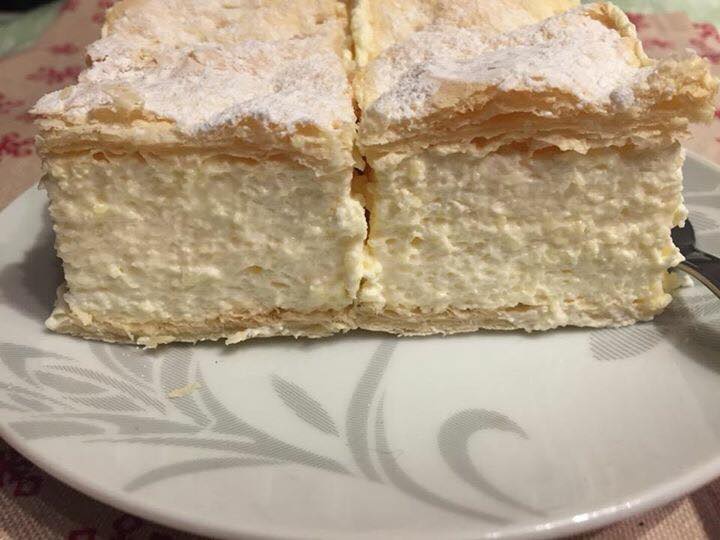
Top with powdered sugar and keep in the refrigerator for a few hours before serving.

Me, my grandmother, Ina, and Kristina last year
In memory of Teta Ina.

